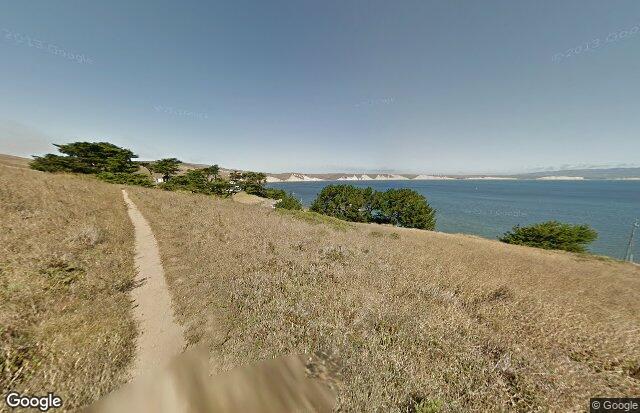
Point Reyes National Seashore

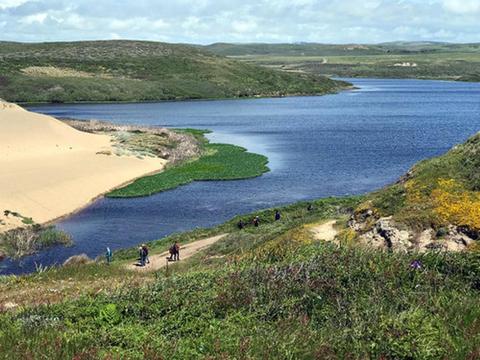
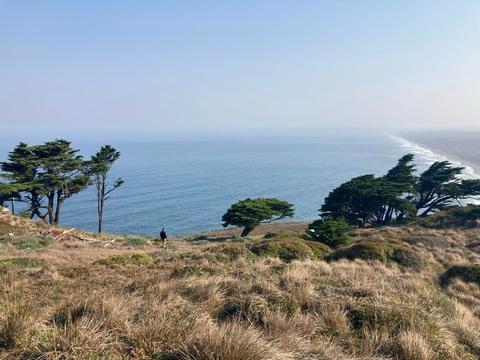

Marin, California, US
Drakes Beach (DO NOT INCLUDE Horseshoe Pond or beach/estero beyond Horseshoe Pond)
290 species
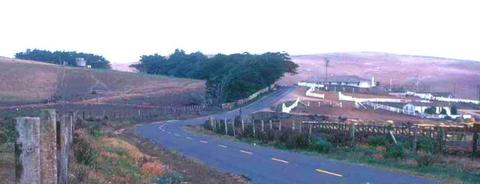





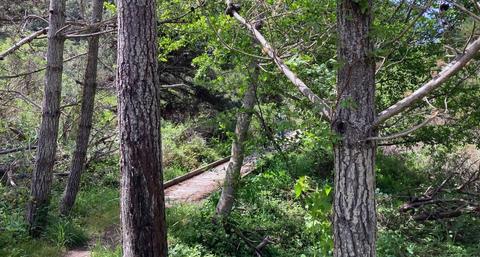

Point Reyes National Seashore
Inverness, California 94937
Official WebsitePoint Reyes National Seashore map
About this Location
The cultural history of Point Reyes reaches back some 5,000 years to the Coast Miwok Indians who were the first human inhabitants of the Peninsula. Over 120 known village sites exist within the park. According to many experts, Sir Francis Drake landed here in 1579, the first European explorer to do so. In response to the many shipwrecks in the treacherous coastal waters, key lighthouse and lifesaving stations were established by the United States Government in the late 1800s and early 1900s. In the early 1800s, Mexican land grantees established ranchos. They were followed by a wave of American agricultural operations, which continue to this day in the Seashore's pastoral zone. By 1914, Guglielmo Marconi sited and commissioned the building of a wireless telegraphy station in the Point Reyes area, which played an important role in maritime communications for ships on the Pacific Ocean through the late 1900s.
As wildland habitat is lost elsewhere in California, the relevance of the Point Reyes Peninsula increases as a protected area with a notable rich biological diversity. Over 45% of North American avian species and nearly 18% of California's plant species are found in the park due to the variety of habitats and uniqueness of the geology. Thirty federally listed threatened and endangered species of animals and six federally listed threatened or endangered species of plants exist within the Seashore.
Even if you can only visit here for a day, you will begin to see what we have at Point Reyes National Seashore and how it works. As you drive through windswept Bishop pines, hike up Mt. Wittenberg under towering Douglas firs, or walk along Bear Valley Trail through mixed woodlands to the exposed coastal scrub near the ocean, you will begin to see patterns. You might ask yourself why certain plant communities grow in certain places.
Their placement began with ancient geologic forces that created the bedrock and soils. Particular characteristics in these soils determine which types of plants can survive in different locations. Hills, valleys, and exposure provide further discrimination for plants, depending on their sunlight needs and tolerance to winds. Nothing is random in what you are observing, plants grow where they can survive forming the foundations of all other life including our own.
During your exploration, you may also catch a glimpse of some of the animals that make their home here. Wildlife abounds throughout the Seashore. Along the coast, you may find marine mammals such as whales, harbor or elephant seals, and sea lions. A closer look reveals an abundance of bird life feeding near the tideline. Back in the forest, you may glimpse a bobcat, coyote, raccoon, or skunk scurrying off. We also have plenty of deer and elk to be seen.
Content from Official Website
